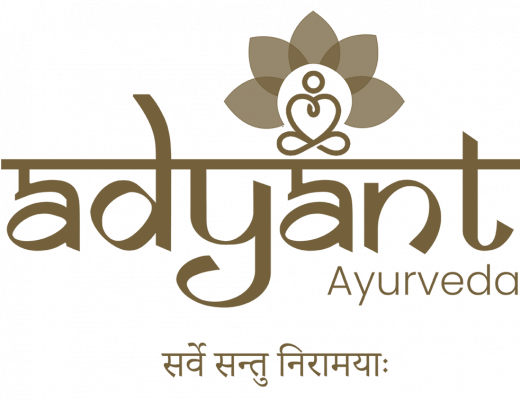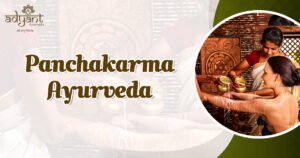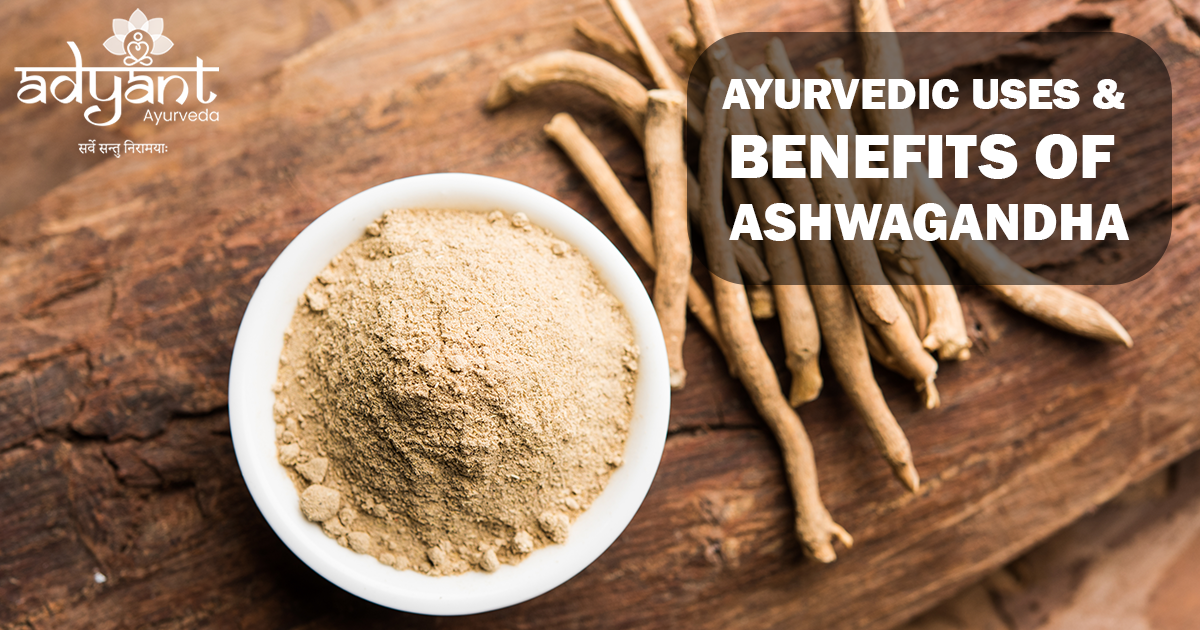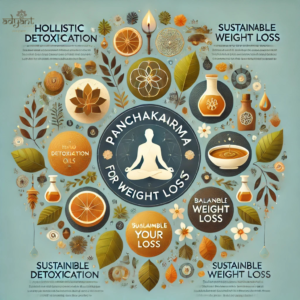13 Best Ayurvedic Therapies for Back Pain Relief: A Complete Guide by Experts
Introduction: Are You Tired of Chronic Back Pain?
Back pain is one of the most common health issues globally, affecting nearly 80% of adults at some point in their lives. From sitting long hours at a desk to injuries and aging, the causes are plenty—but the discomfort is real and disruptive. At Adyant Ayurveda, we approach back pain not just as a physical symptom but as a holistic imbalance in the body’s doshas (Vata, Pitta, Kapha).
If you’ve tried painkillers, physiotherapy, or even surgeries without lasting relief, Ayurveda offers a safe, time-tested solution. In this guide, our experienced team of Ayurvedic doctors at Adyant Ayurveda, Bangalore, shares the 13 best Ayurvedic therapies that target back pain at its root.
Understanding Back Pain from an Ayurvedic Perspective
In Ayurveda, back pain is primarily a result of aggravated Vata dosha, which governs movement and the nervous system. The imbalance may lead to stiffness, degeneration, or shooting pain in the lower or upper back.
Common Ayurvedic Causes:
- Improper diet and irregular lifestyle
- Sedentary habits or over-exertion
- Accumulation of ama (toxins)
- Degenerative conditions (Asthi dhatu kshaya)
- Vata vyadhi (neurological disorders)
Types of Back Pain Treated in Ayurveda
- Lower Back Pain (Kati Shoola)
- Upper Back Pain (Prishta Shoola)
- Sciatica (Gridhrasi)
- Lumbar Spondylosis
- Herniated or Bulging Disc
- Muscle Spasms or Injuries
The Panchakarma Advantage: Detox to Relieve Pain
Ayurveda’s unique treatment protocol involves Panchakarma, a five-fold detoxification therapy. It helps eliminate deep-seated toxins and restore the balance of doshas. For chronic back pain, Panchakarma is often combined with specific external and internal treatments for long-lasting relief.
Panchakarma Therapies Used for Back Pain:
- Virechana (Purgation): To clear pitta and inflammatory toxins
- Basti (Medicated Enema): To pacify aggravated Vata
- Abhyanga (Oil Massage): To nourish joints and relieve stiffness
- Swedana (Steam Therapy): To ease pain and promote flexibility
13 Best Ayurvedic Therapies for Back Pain
Here are the top therapies practiced at Adyant Ayurveda for back pain relief:
1. Abhyanga (Therapeutic Oil Massage)
- Uses warm medicated oils to reduce muscle stiffness
- Improves circulation and nourishes tissues
- Best for Vata and Kapha-related back pain
2. Kati Basti (Oil Pooling Therapy)
- Localized therapy where warm oil is pooled on the lower back
- Relieves lumbar pain, spinal stiffness, and sciatica
3. Pizhichil (Oil Squeezing Therapy)
- Warm medicated oil is squeezed and massaged over the body
- Combines oil therapy with sudation
- Ideal for chronic musculoskeletal disorders
4. Njavarakizhi (Shashtika Shali Pinda Sweda)
- Medicated rice boluses dipped in milk and herbal decoctions
- Enhances the strength of the spine and muscles
- Especially good for degenerative back pain
5. Patrapinda Sweda (Leaf Bundle Massage)
- Herbal leaves fried in oil and tied into a bolus
- Alleviates pain, inflammation, and stiffness
6. Podi Kizhi (Churna Pinda Sweda)
- Herbal powders roasted and tied in cloth
- Applied on the back to reduce pain and improve mobility
7. Basti (Medicated Enema)
- Administered rectally to balance Vata dosha
- Improves lubrication and reduces degeneration of discs
8. Upanaha Sweda (Medicated Poultice Therapy)
- Application of herbal paste over the back, tied with leaves
- Retains heat and reduces stiffness and pain
9. Agni Karma (Thermal Cautery Therapy)
- Localized heat therapy using special instruments
- Useful for localized pain and trigger points
10. Greeva Basti (Neck Oil Pooling Therapy)
- Like Kati Basti but focused on the cervical spine
- Excellent for upper back and neck pain
11. Lepa (Herbal Paste Application)
- External application of anti-inflammatory herbal pastes
- Relieves pain and swelling
12. Dhoomapana (Herbal Smoke Inhalation)
- Used in certain Vata disorders
- Helps reduce stiffness and heaviness
13. Herbal Steam Bath
- Enhances the effect of oil therapies
- Reduces toxins and improves flexibility
Diet and Lifestyle Recommendations
Favorable Foods:
- Warm, freshly cooked meals
- Ghee, milk, and Vata-pacifying herbs like ginger, garlic
- Herbal teas (dashamoola, ashwagandha)
Avoid:
- Cold, dry, or processed food
- Late-night meals
- Excess tea, coffee, or aerated drinks
Yoga and Exercise:
- Gentle asanas: Bhujangasana, Marjariasana, Balasana
- Daily walking
- Avoid long periods of sitting
Ayurvedic Herbs for Back Pain Relief
- Ashwagandha – Strengthens muscles and reduces inflammation
- Shallaki (Boswellia) – Anti-inflammatory
- Guggulu – Detoxifying and joint protective
- Rasna – Relieves pain and Vata disorders
- Eranda (Castor) – Lubricates joints and relieves constipation
Integrating Ayurveda with Modern Diagnosis
At Adyant Ayurveda, we integrate modern diagnostic tools like MRI and X-rays with Ayurvedic consultation (Nadi Pariksha) to understand the full extent of disc degeneration, nerve compression, or alignment issues.
Why Choose Adyant Ayurveda for Back Pain Treatment?
- 24+ Years of Expertise in Panchakarma and chronic pain management
- 4 Convenient Centers in Bangalore – Jayanagar, Indiranagar, Kalyan Nagar, Rajarajeshwari Nagar
- Expert Doctors: Dr. Shree Lakshmi, Dr. Sumana, Dr. Vidya, Dr. Preethi Shivakumar, Dr. Apoorva, and others
- Customized Treatment Plans based on dosha and condition
- Affordable Packages starting from Rs. 2,500/session
Patient Success Stories
“After 6 months of severe back pain and sleepless nights, I found relief within 2 weeks of Panchakarma at Adyant Ayurveda. The team understood my problem deeply and created a therapy plan that changed my life.”
— Ravi Kumar, Bangalore
“Kati Basti and Basti therapies helped me avoid spine surgery. Highly recommend their team of doctors and approach to healing!”
— Smitha Rao, Whitefield
Frequently Asked Questions
Q. How many sessions are needed for back pain?
A. Depending on the condition’s severity, 7–21 days of treatment may be needed.
Q. Is Ayurvedic treatment safe for a herniated disc?
A. Yes. Panchakarma therapies like Basti and Abhyanga are safe and effective for disc bulge, sciatica, and degenerative issues.
Q. Can I do therapy while taking allopathic medicines?
A. In many cases, yes. Our doctors tailor an integrative approach for you.
Q. Do I need bed rest during the treatment?
A. Only in acute or severe cases. Most therapies are outpatient-based.
Final Thoughts: Take the First Step Toward a Pain-Free Life
Back pain doesn’t have to control your life. With Ayurvedic therapies that restore balance and promote healing, you can reclaim your comfort, mobility, and confidence. At Adyant Ayurveda, our doctors specialize in back pain treatments through time-tested Panchakarma and herbal protocols.
? Book your consultation today or download our AyurCare App to get started with a free assessment.
Call us: 9972541009
Visit: www.adyantayurveda.com
Read Other Related Blogs:






